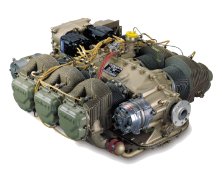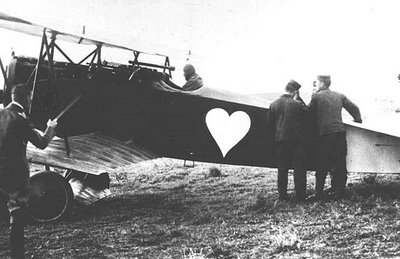After many hand-wringings and inspections and opinions, we have a verdict on 20U, and it's not the best.
Our ace mechanics, Scott and Mike, discovered what appeared to be cracks forming in the engine crankcase. These cracks are so miniscule as to be almost impossible to see with the naked eye, but that's why we installed Garmin's latest BionicVision Mechanic edition into our A&Ps.
Cessna 20U needs a new heart!

Stress cracks can form in aluminum crankcases from any number of things, common ones being propeller overspeed, running an engine past TBO, an out-of-balance propeller, or sometimes just age. Nobody knows why 20U's engine was developing a stress crack, and while it would have likely ran fine for another 1,000 hours -- we refuse to take that chance. Structural changes in the engine metallurgy make us all squeamish, and all of our lives can depend on that 300-lb chunk of metal staying together.
TBO? What-choo talkin about Mike?

All aviation engines are rated for a particular time-in-service. After this time in service is reached, the manufacturer "suggests" that you completely rebuild it to service limits. This is known as a "major overhaul". Most general aviation engines have TBOs (Time Between Overhauls) rated from 800 - 2500 hours in service. 20U's is an 1800-hour TBO, or approximately every 200,000 nautical miles. not bad at all.
Of course "suggests" is just that. I have heard a rumor that Mike Nolan's Cessna 182 (based at Corona with us) put 5,000 hours on its engine, and it was still showing strong compressions and power -- the mechanics made him overhaul it anyway, just because they didn't want to certify the engine as airworthy. Can't say I blame them.
For the record, we overhaul our engines at TBO. Our average engine age is around 700 hours "SMOH" or since major overhaul.
Major overhauls are sufficiently expensive that they represent about 1/3 of the value of an aircraft. In fact, 20U's will cost appx $14,000 - $15,000 to moh, and we can expect 2 weeks more downtime.
For perspective's sake, that is 6/1000ths of a cent per revolution of the propeller! What a deal!

Blue Skies!
- Mike